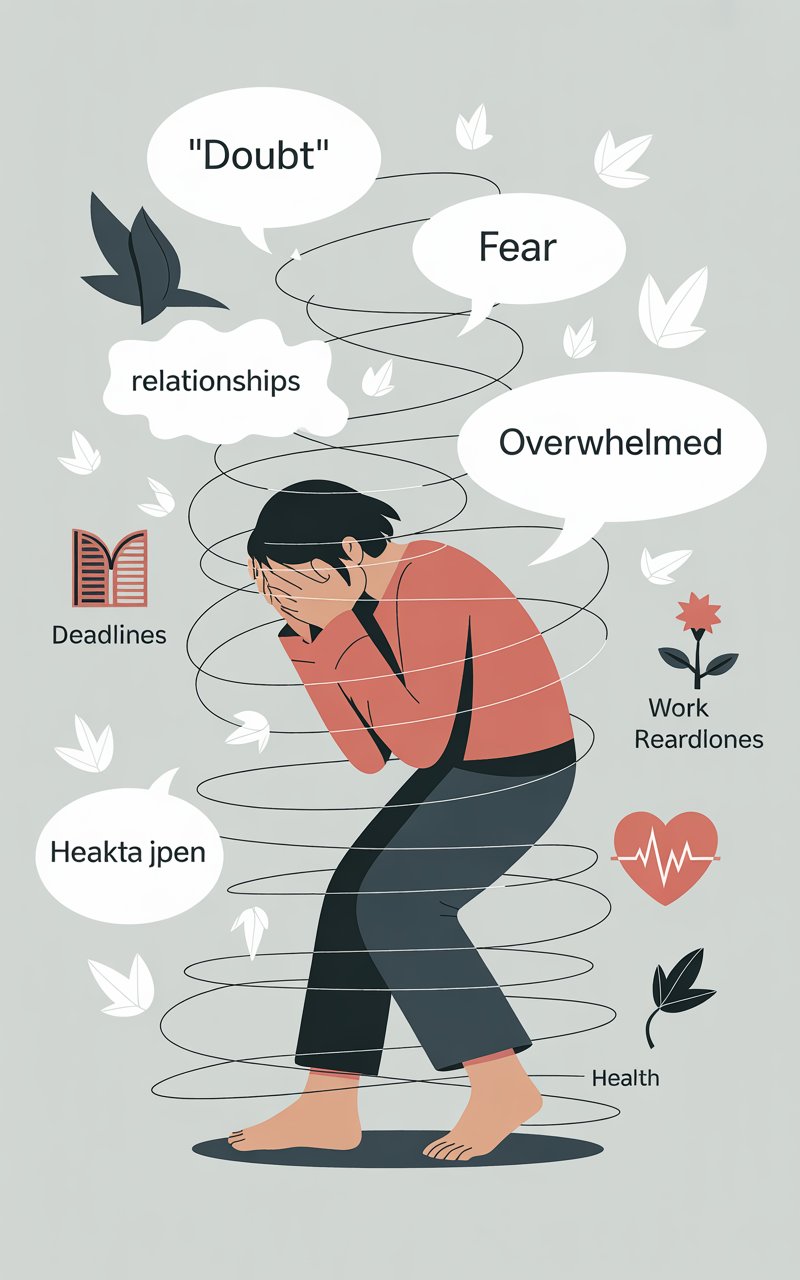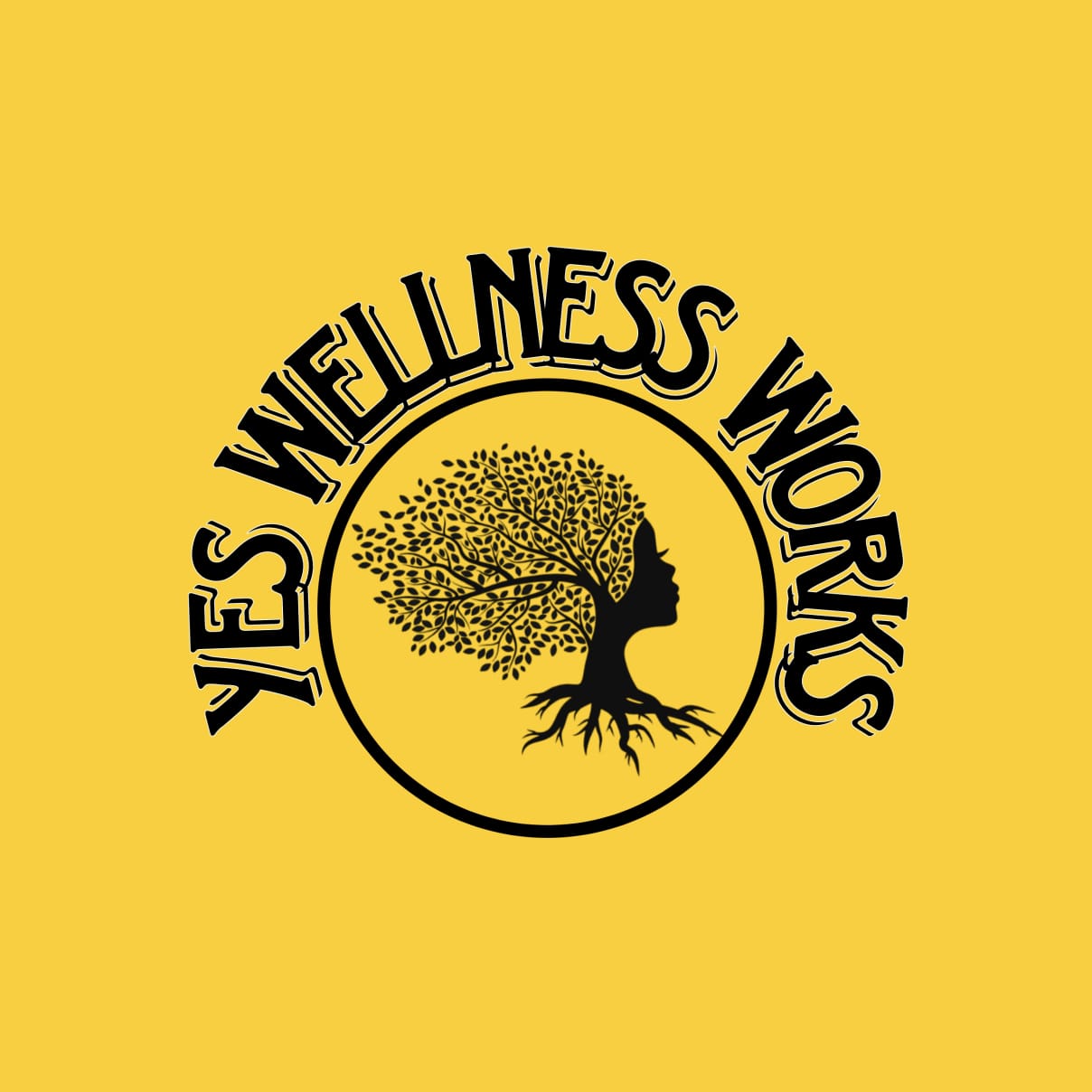
Anxiety Warning: 7 Powerful Ways It Secretly Destroys Your Daily Life
How Anxiety Shows Up in a Person’s Life: Hidden Signs You Might Overlook
When people hear the word anxiety, they often imagine someone pacing nervously, sweating, or worrying excessively. While these are common symptoms, anxiety manifests in far more subtle and surprising ways in daily life. Many individuals experience it without even recognizing what’s happening, because it doesn’t always show up as panic attacks or constant fear. Instead, it sneaks into thoughts, behaviors, habits, and even relationships.
This blog explores how anxiety shows up in a person’s life, the hidden patterns it creates, and what can be done to manage it.
The Subtle Ways Anxiety Affects the Mind
Anxiety often begins as a whisper in the mind. A small doubt or “what if” thought can grow into a cycle of overthinking. People may find themselves replaying past conversations, fearing they said the wrong thing, or imagining future scenarios that never occur.
Common mental signs include:
- Overthinking simple decisions – taking hours to choose what to wear, eat, or say.
- Catastrophizing – imagining the worst possible outcome in every situation.
- Difficulty concentrating – the mind jumps between worries, making it hard to stay present.
- Negative self-talk – constant inner criticism, fueling feelings of inadequacy.
For many, these thought patterns feel normal because they’ve lived with them for years, but they are powerful indicators of underlying anxiety.
How Anxiety Shows Up in the Body
The body often reveals what the mind hides. Anxiety doesn’t just stay in thoughts—it creates real physical responses. Even when there’s no actual danger, the brain activates the “fight or flight” system, producing stress hormones like adrenaline and cortisol.
Physical signs include:
- Tension and stiffness – tight jaw, neck pain, or shoulder aches.
- Digestive issues – stomach discomfort, nausea, or irritable bowel syndrome.
- Sleep disturbances – trouble falling asleep, restless nights, or frequent waking.
- Rapid heartbeat or sweating – especially during stressful conversations or meetings.
Some people misinterpret these as purely medical problems and spend years seeking physical treatments without realizing that emotional stress may be the root cause.
Daily Habits Shaped by Anxiety
Anxiety can shape routines in surprising ways. A person may appear organized or careful, but beneath it lies fear of making mistakes or losing control.
Examples include:
- Avoidance behaviors – not going to social events, putting off phone calls, or avoiding new tasks at work.
- Perfectionism – re-checking emails multiple times before sending, or redoing tasks unnecessarily.
- Procrastination – not from laziness, but from fear of failure or judgment.
- Over-scheduling – filling every moment with activities to avoid sitting with uncomfortable feelings.
These habits may seem harmless at first, but over time they can increase stress and limit personal growth.
The Impact of Anxiety on Relationships
Relationships are one of the clearest areas where anxiety shows up. It can cause misunderstandings, emotional distance, or even conflict.
Some common ways it affects relationships include:
- Constant reassurance seeking – needing partners, friends, or colleagues to confirm everything is okay.
- Irritability and mood swings – snapping over small issues due to heightened stress levels.
- Fear of abandonment – interpreting neutral behaviors (like delayed replies) as rejection.
- Difficulty expressing needs – avoiding honest conversations out of fear of conflict.
When left unaddressed, these patterns can strain even the healthiest relationships.
Workplace Challenges Linked to Anxiety
In professional settings, anxiety can silently limit career growth. On the surface, an anxious employee may appear hardworking and dedicated, but internally they may be struggling.
Signs in the workplace include:
- Fear of speaking up in meetings – holding back ideas or questions.
- Over-preparing for tasks – spending excessive time checking details.
- Difficulty saying no – agreeing to extra work to avoid disappointing others.
- Imposter syndrome – believing achievements are due to luck, not skill.
These behaviors can eventually lead to burnout, as the pressure to appear “capable” hides the inner turmoil.
Lifestyle Choices Driven by Anxiety
Anxiety also influences lifestyle and coping mechanisms. People often develop routines, habits, or even unhealthy behaviors to manage overwhelming feelings.
Examples include:
- Excessive use of social media – distracting the mind from inner discomfort.
- Overeating or undereating – using food as comfort or control.
- Substance use – alcohol, caffeine, or smoking as short-term relief.
- Over-exercising – using physical activity as a way to escape mental distress.
While some coping strategies may seem positive, if they are driven by fear rather than balance, they reinforce the cycle of anxiety.
Long-Term Effects on Health
When anxiety persists over years, it can leave long-lasting effects on overall health. Chronic stress impacts nearly every system in the body.
Potential long-term effects include:
- Cardiovascular problems – high blood pressure and increased risk of heart disease.
- Weakened immune system – frequent colds or illnesses due to stress hormones.
- Memory and concentration difficulties – as ongoing stress changes brain function.
- Increased risk of depression – when constant worry leads to emotional exhaustion.
This highlights why recognizing anxiety early and managing it effectively is so important.
Recognizing Hidden Triggers
Not all anxiety comes from major life events. Sometimes, small triggers accumulate and create significant stress.
Examples include:
- Unrealistic expectations – from self, family, or workplace.
- Information overload – constant exposure to negative news or social media.
- Financial uncertainty – ongoing stress about money or security.
- Unresolved past experiences – childhood patterns that still affect adult life.
By identifying these triggers, individuals can take conscious steps to reduce their impact.
Healthy Ways to Cope with Anxiety
Managing anxiety requires both awareness and action. While professional support may be necessary for some, there are also everyday strategies that can reduce its effects.
Some effective coping tools include:
- Mindfulness practices – meditation, deep breathing, or grounding exercises.
- Journaling – writing down worries to release mental pressure.
- Physical activity – moderate exercise helps regulate stress hormones.
- Therapy and counseling – working with professionals to develop healthier coping skills.
- Healthy boundaries – learning to say no and prioritizing rest.
These strategies not only reduce immediate symptoms but also build long-term resilience.
When to Seek Professional Help
It’s normal to feel anxious from time to time, but if worry becomes constant and starts interfering with work, relationships, or health, professional help may be needed. Therapists, counselors, and psychologists can help individuals identify patterns, challenge negative thoughts, and develop healthier coping strategies.
Medication may also be an option for severe cases, but it’s often most effective when combined with therapy.
Final Thoughts
Anxiety doesn’t always look like dramatic panic attacks. More often, it shows up in subtle thoughts, habits, and physical symptoms that quietly shape everyday life. Recognizing these signs is the first step toward regaining control and improving overall well-being.
With awareness, self-compassion, and the right support, individuals can learn to manage anxiety and live fuller, healthier lives. What once felt overwhelming can become a source of strength, teaching resilience and deeper self-understanding.

